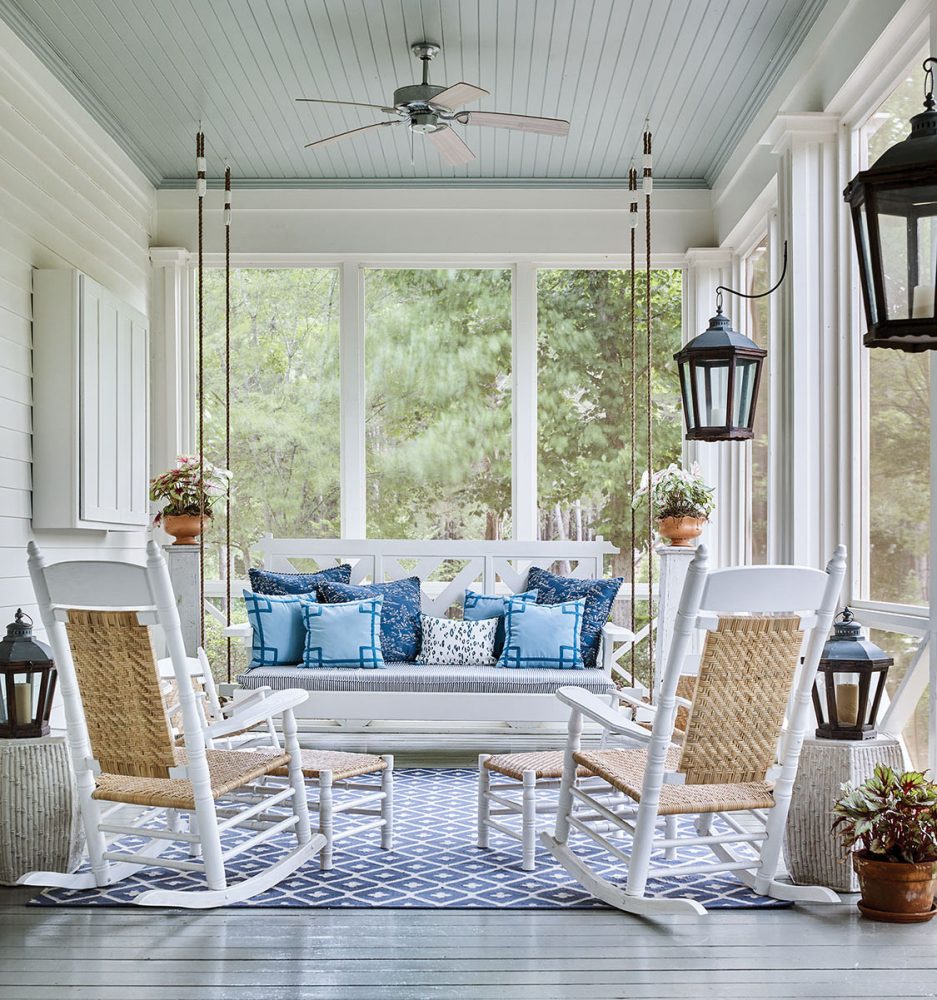[vc_row][vc_column][vc_single_image image=”249613″ img_size=”full”][vc_column_text css=”.vc_custom_1633708924287{margin-top: -15px !important;border-top-width: -15px !important;padding-top: -15px !important;}”]
[/vc_column_text][/vc_column][/vc_row][vc_row][vc_column][vc_column_text]While the Anderson House in Washington, D.C., serves as the headquarters of the American Revolution Institute today, its stately opulence speaks to its original purpose. Completed in 1905, the house was the winter abode of American diplomat Larz Anderson and his wife, Isabel, who often entertained. Hosting grand receptions and dinners—with guest lists touting high-profile names such as William H. Taft, Calvin Coolidge, and Winston Churchill—came with the diplomatic territory.[/vc_column_text][vc_column_text]Recently, Kristin Shockley, owner and creative director at Lustre Theory, a styling and creative studio, chose the venue as the location for one of her projects: a sumptuously styled table in a soaring hall lined by floor-to-ceiling Flemish tapestries.[/vc_column_text][/vc_column][/vc_row][vc_row][vc_column width=”1/6″][/vc_column][vc_column width=”2/3″][vc_single_image image=”249478″ img_size=”full”][/vc_column][vc_column width=”1/6″][/vc_column][/vc_row][vc_row][vc_column][vc_column_text]“I pulled my design inspiration for this table from a modern Asian influence,” Kristin says. “Once I saw where the color story was leading me, I selected this hallway on the second floor of the Anderson House for placement. The tapestries were the perfect backdrop for the colors and rich mood of the table decor.”[/vc_column_text][vc_column_text]The lush floral display, which appeared to spring from the sylvan scenes portrayed in the tapestries, featured phalaenopsis orchids, garden and sweetheart roses, protea, eremurus, cosmos, scabiosa, bee balm ‘Lambada’, lisianthus, sweetpea, delphinium, mimosa, and fruiting branches of peaches, apples, blackberries, and raspberries.[/vc_column_text][/vc_column][/vc_row][vc_row][vc_column width=”1/6″][/vc_column][vc_column width=”2/3″][vc_single_image image=”249479″ img_size=”full”][/vc_column][vc_column width=”1/6″][/vc_column][/vc_row][vc_row][vc_column][vc_column_text]For the place settings, the design team chose modern-day pieces that mingled beautifully with antique Asian vessels from Antique Design Center in Norfolk, Virginia. An expanse of green velvet, used as the table covering, pulled it all together.[/vc_column_text][/vc_column][/vc_row][vc_row][vc_column width=”1/6″][/vc_column][vc_column width=”2/3″][vc_single_image image=”249480″ img_size=”full”][/vc_column][vc_column width=”1/6″][/vc_column][/vc_row][vc_row][vc_column][vc_column_text]
Sources
- Design and Creative Direction, Lustre Theory, lustretheory.com, @lustretheory
- Planning, Jayne Heir Weddings and Events, jayneheir.com, @jayneheir
- Photography, David Abel, davidabel.co, @davidabel.co
- Florals, Darling & Daughters, darlinganddaughtersfloral.com, @darlinganddaughters
- Location, Anderson House, americanrevolutioninstitute.org, @eventsatandersonhouse
- Place Settings, Maison de Carine, maisondecarine.com, @maisondecarine
- Linens, Nüage Designs, nuagedesigns.com, @nuagedesignsinc
- Asian Vessels, Antique Design Center, antiquedesigncenter.org, @antiquedesigncenter
- Candle Holders, A. Home, ahomesummit.com, @ahomesummitnj
[/vc_column_text][/vc_column][/vc_row][vc_row][vc_column][vc_separator border_width=”3″][vc_column_text]By Terri Robertson
Subscribe to Flower’s free e-newsletter for inspiration for your home, garden and lifestyle.[/vc_column_text][/vc_column][/vc_row]




